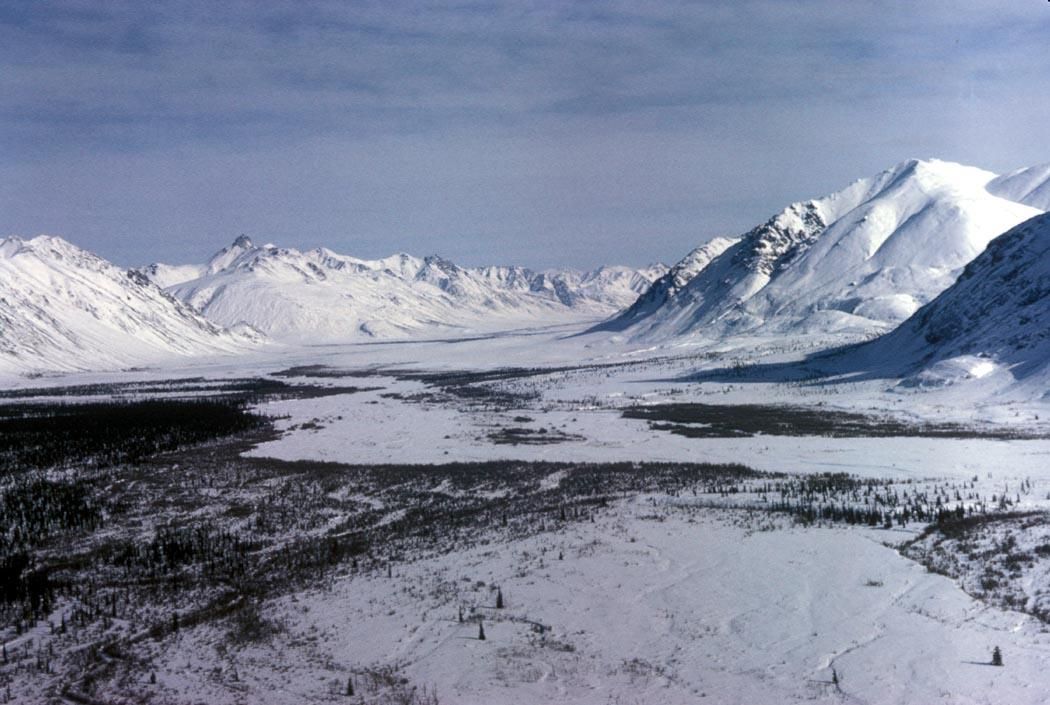Media release
From:
Polyester fibres found to be widespread in the Arctic
Synthetic fibres make up around 92% of microplastic pollution in near-surface seawater across the Arctic, reports an analysis published in Nature Communications. Of this, around 73% is polyester, and resembles fibres used in textiles.
Microplastics have been found in the most remote regions of the world. However, questions remain regarding their distribution and sources, and the scale of the contamination.
Peter Ross and colleagues documented the distribution of microplastics in near-surface seawater (3 to 8 metres below the surface) at 71 stations across the European and North American Arctic (including the North Pole) during 2016. They also analysed samples up to a depth of 1,015 metres at 6 sites in the Beaufort Sea. From their analysis, the authors calculated an Arctic-wide count of around 40 microplastic particles per m3. Synthetic fibres were the dominant source of microplastics (92.3%), with the majority consisting of polyester. They also observed almost three times more microplastic particles in the eastern Arctic compared to the west, and suggest that new polyester fibres are being delivered to the eastern Arctic Ocean from the Atlantic.
The dominance of polyester fibres in the study highlights the role that textiles, laundry and wastewater discharge may have in the contamination of the world’s oceans with microplastics, they conclude.



 International
International



